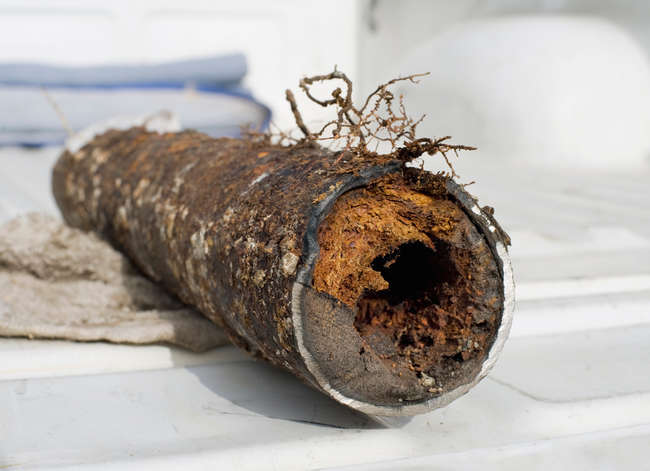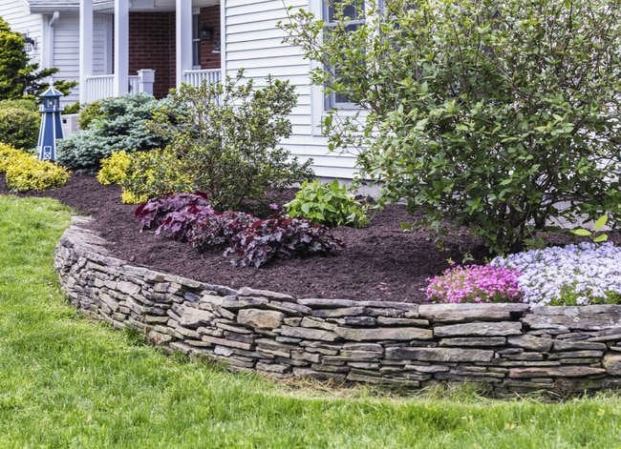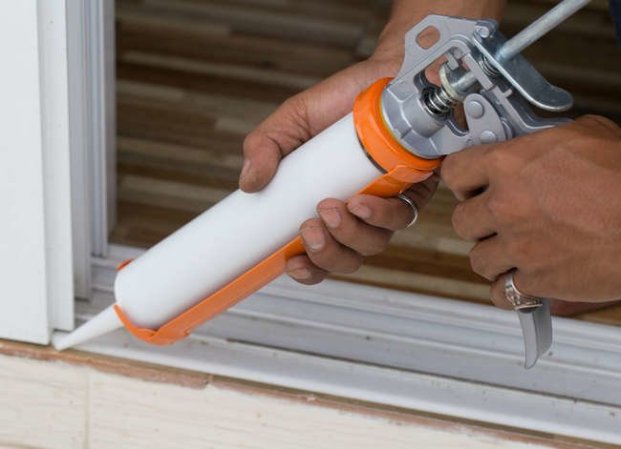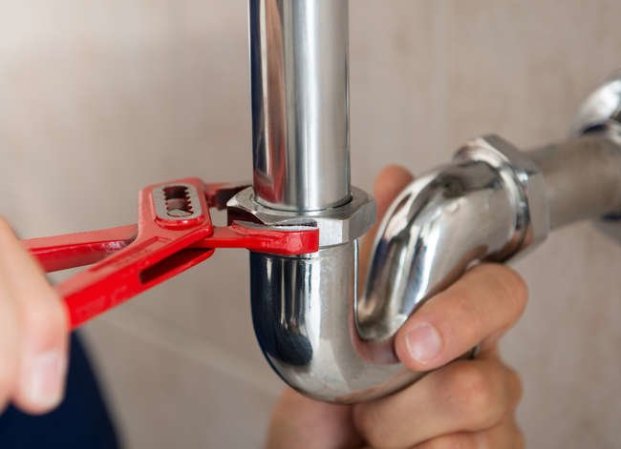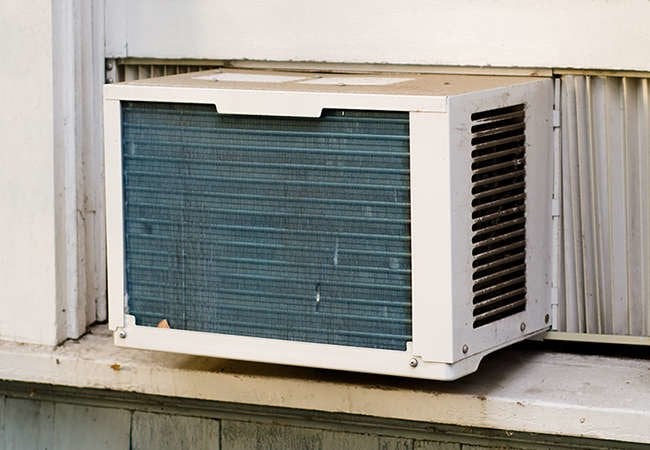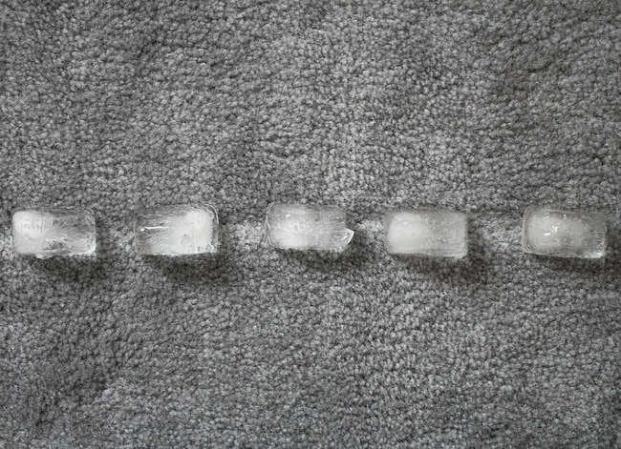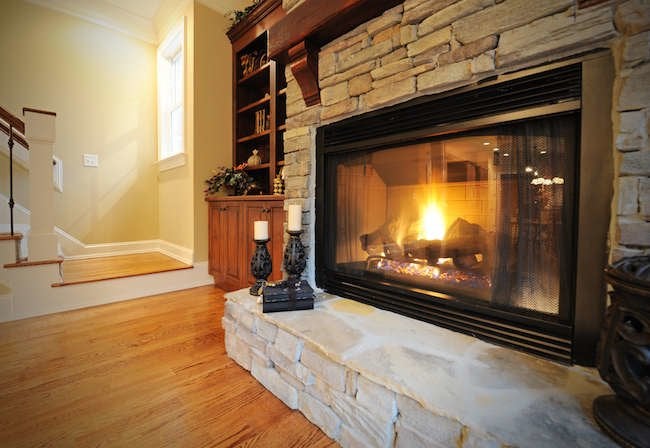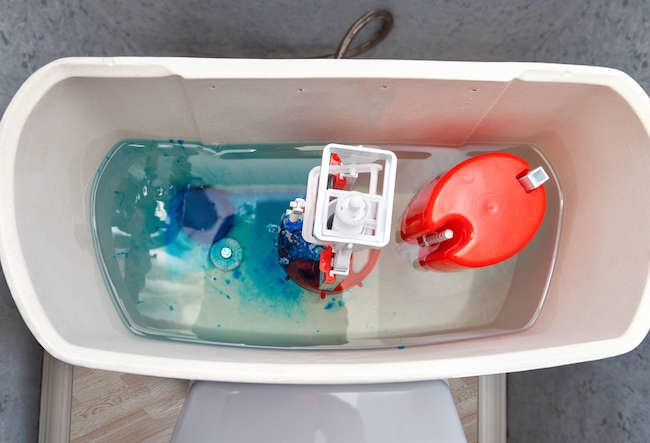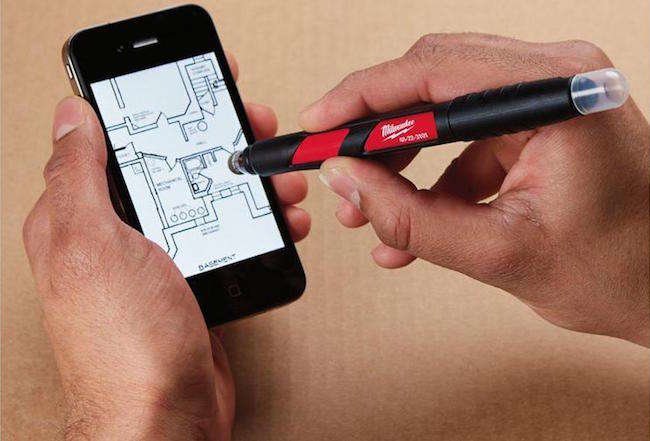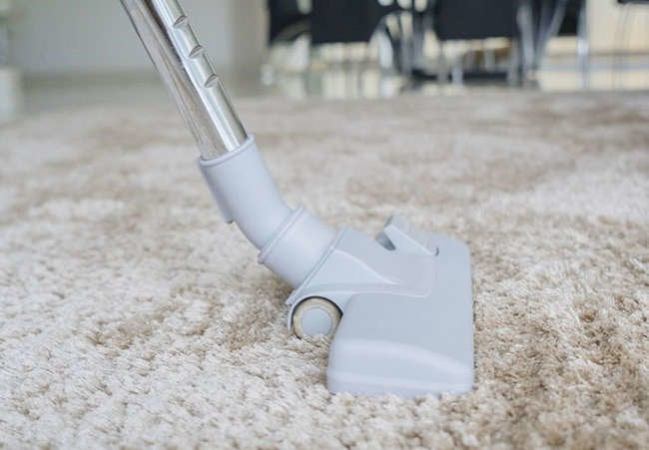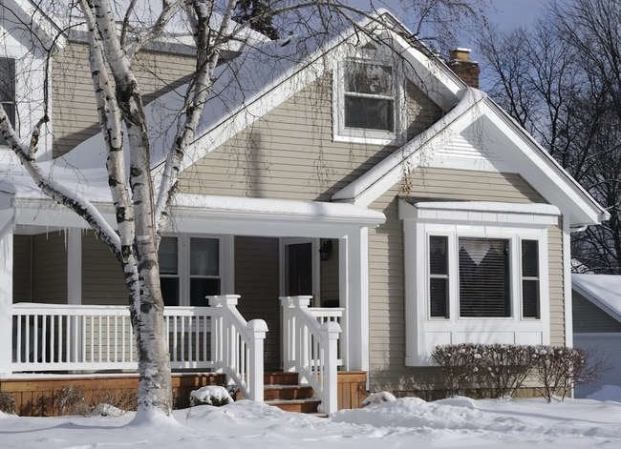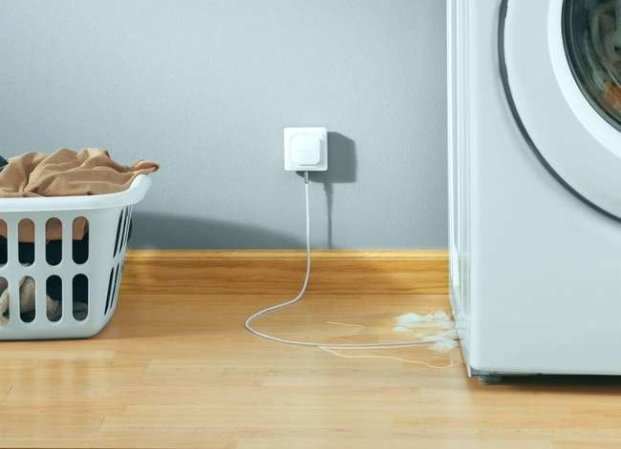We may earn revenue from the products available on this page and participate in affiliate programs. Learn More ›
How Much Should I Save?

Owning a home can be expensive. Not only do you have your monthly mortgage, taxes, and insurance, but every now and then you’ll have to tackle emergency repairs. Repairs may be simple, such as replacing a leaky faucet, or costly, such as a new roof.
So how much should you set aside? “According to the one percent rule, you should set aside at least one percent of your home’s value every year for home maintenance. For a $360,000 house, this works out to $3,600 per year, or $300 per month,” according to Discover. Another rule of thumb is saving 10 percent of the total cost of your property taxes, mortgage, and insurance payment. Here are 15 things your home repair emergency fund should be able to cover.
Repair or Replace a Leaky Faucet
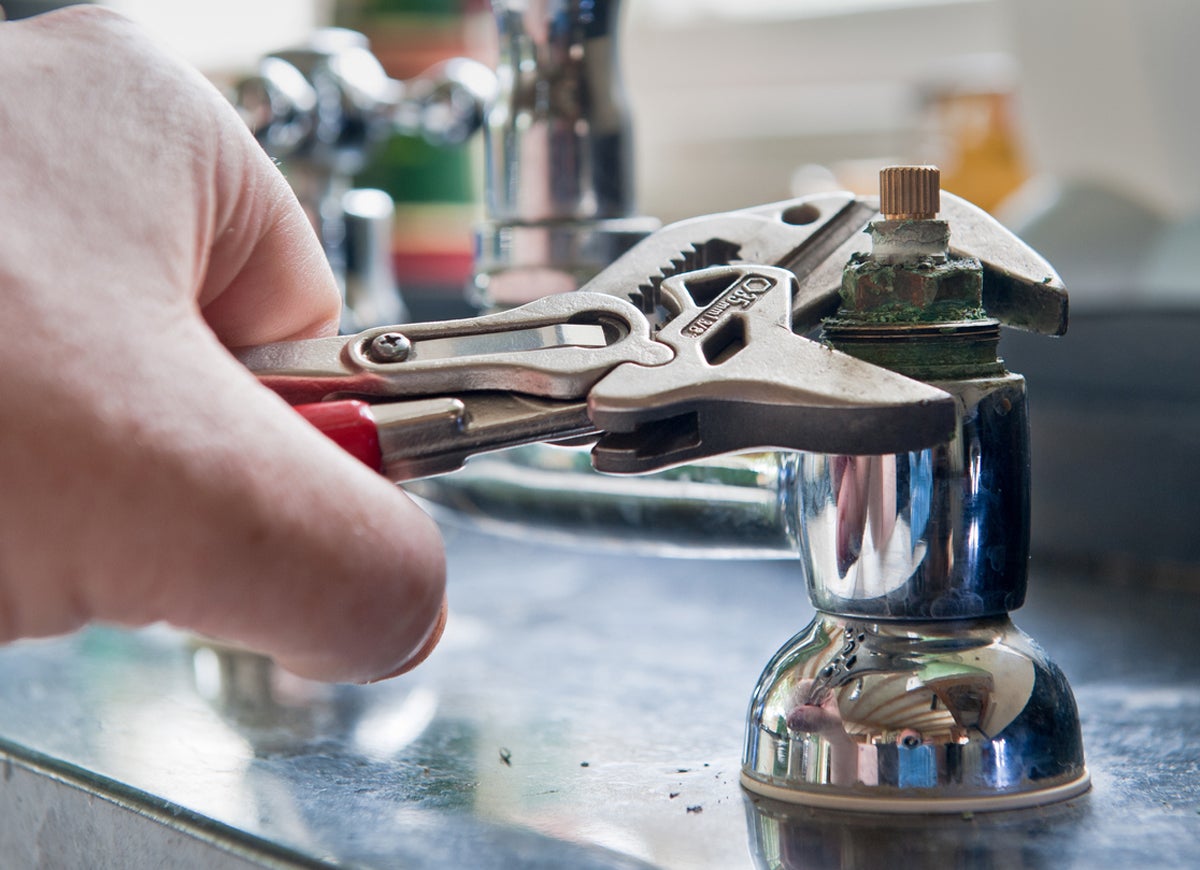
Whether it’s in the bathroom or the kitchen, chances are at some point you’ll have to repair or replace a leaky faucet. While repairing a faucet may not cost you anything more than a little elbow grease and time (there are plenty of YouTube videos to help you navigate this common plumbing issue), replacing a faucet may be a bit more costly.
The average cost of installing a new faucet is $239, according to HomeAdvisor.
Roof Repair or Replacement
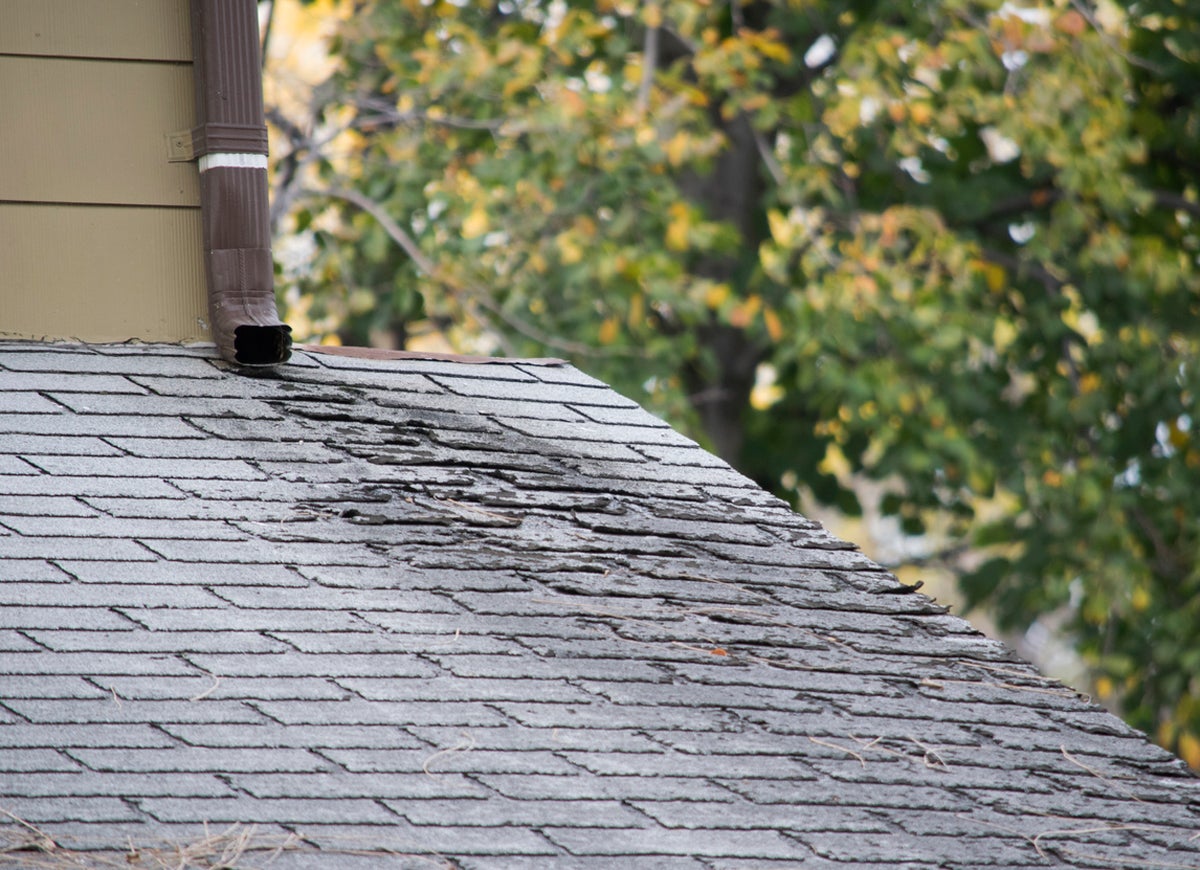
Replacing a roof may be one of the most expensive repairs a homeowner can be forced to make. The cost can be based on a number of factors, including size, pitch, and materials used. While repairs will usually be cheaper than a full replacement, it will likely run you an hourly rate plus materials.
The average cost for a roof replacement is between $4,900 and $14,100, according to Angie’s List.
Pest Control
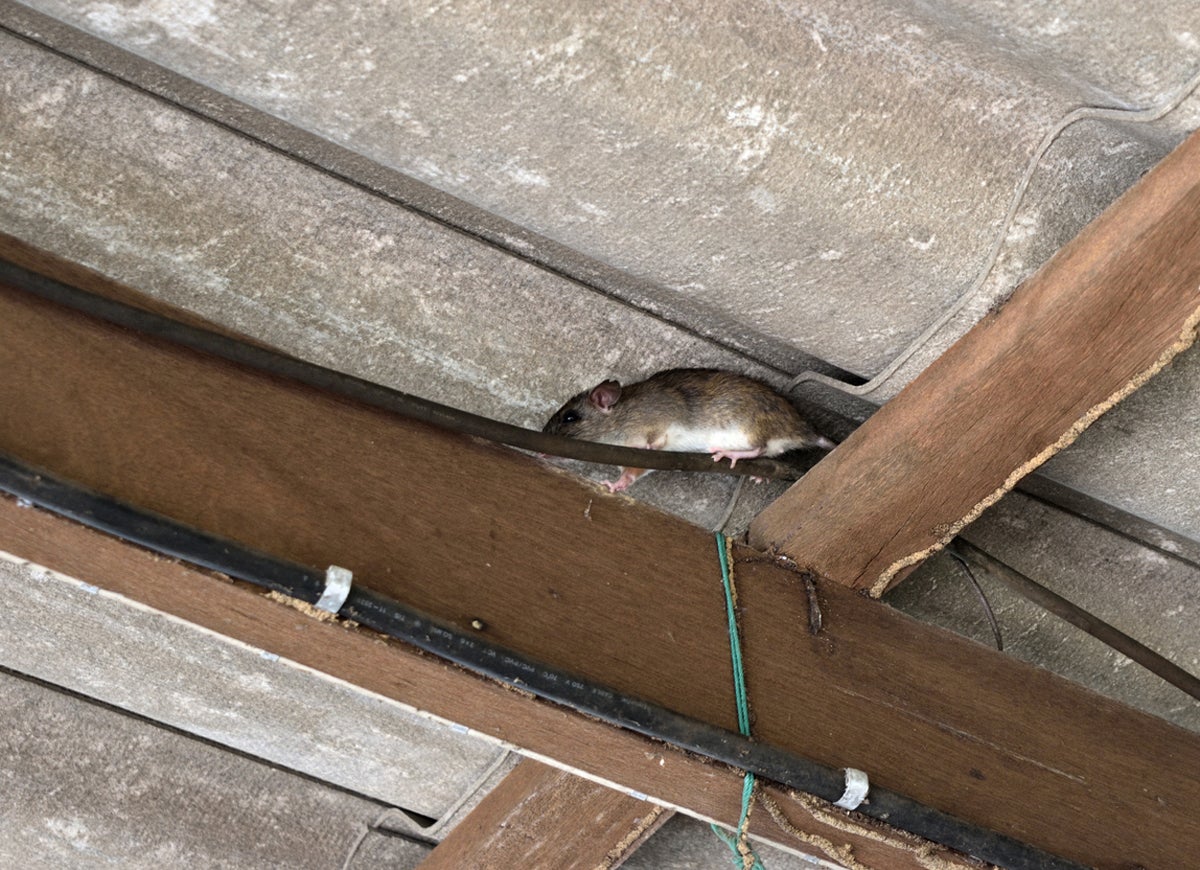
Clogged Drains
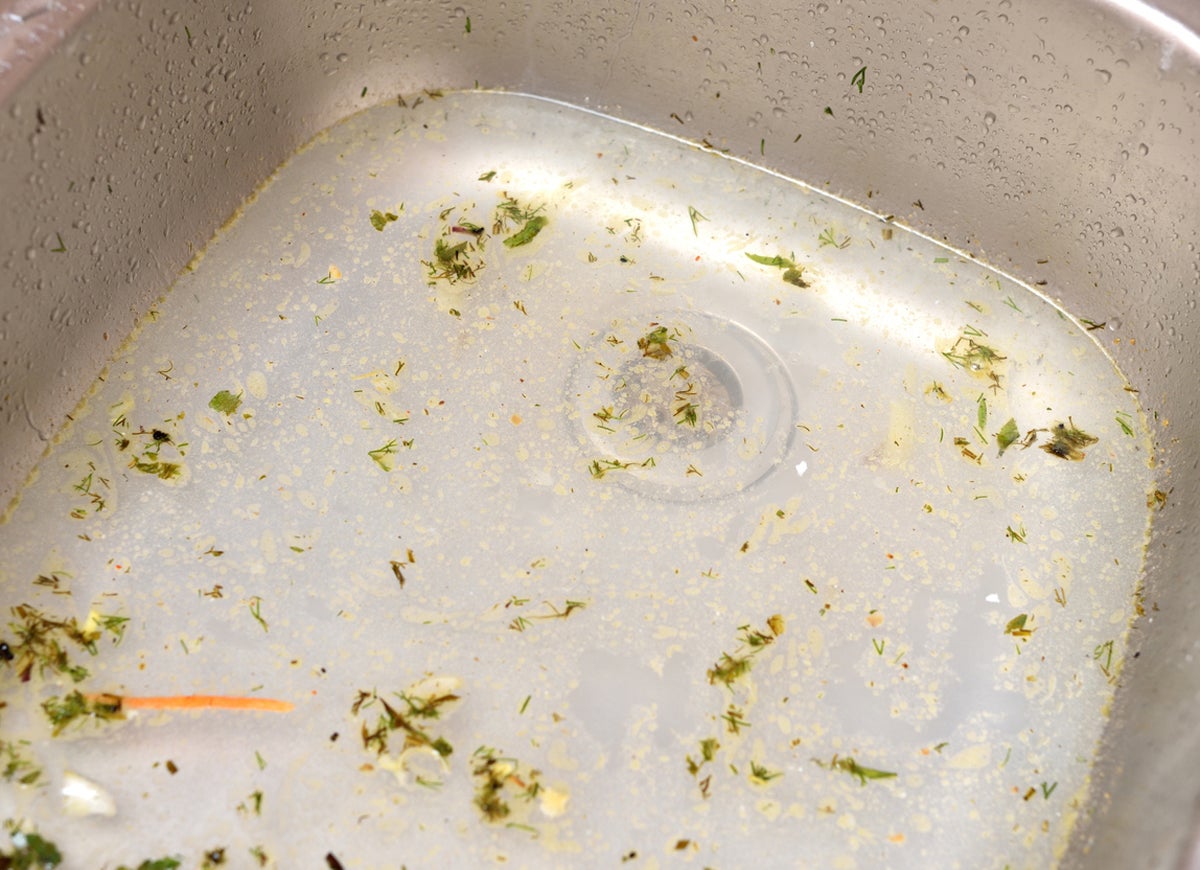
It doesn’t matter if it’s a sink drain, the shower drain or your home’s main sewer line, having a clogged drain is a real pain. If hiring a professional, you’ll likely pay a flat fee for having the worker come to your home, in addition to any time and materials it may take to fix the issue.
The average cost for fixing a sink or shower drain may cost you $100 to $225, according to Thumbtack, while clearing a main sewer line may cost you upwards of $800.
Leaky Basement
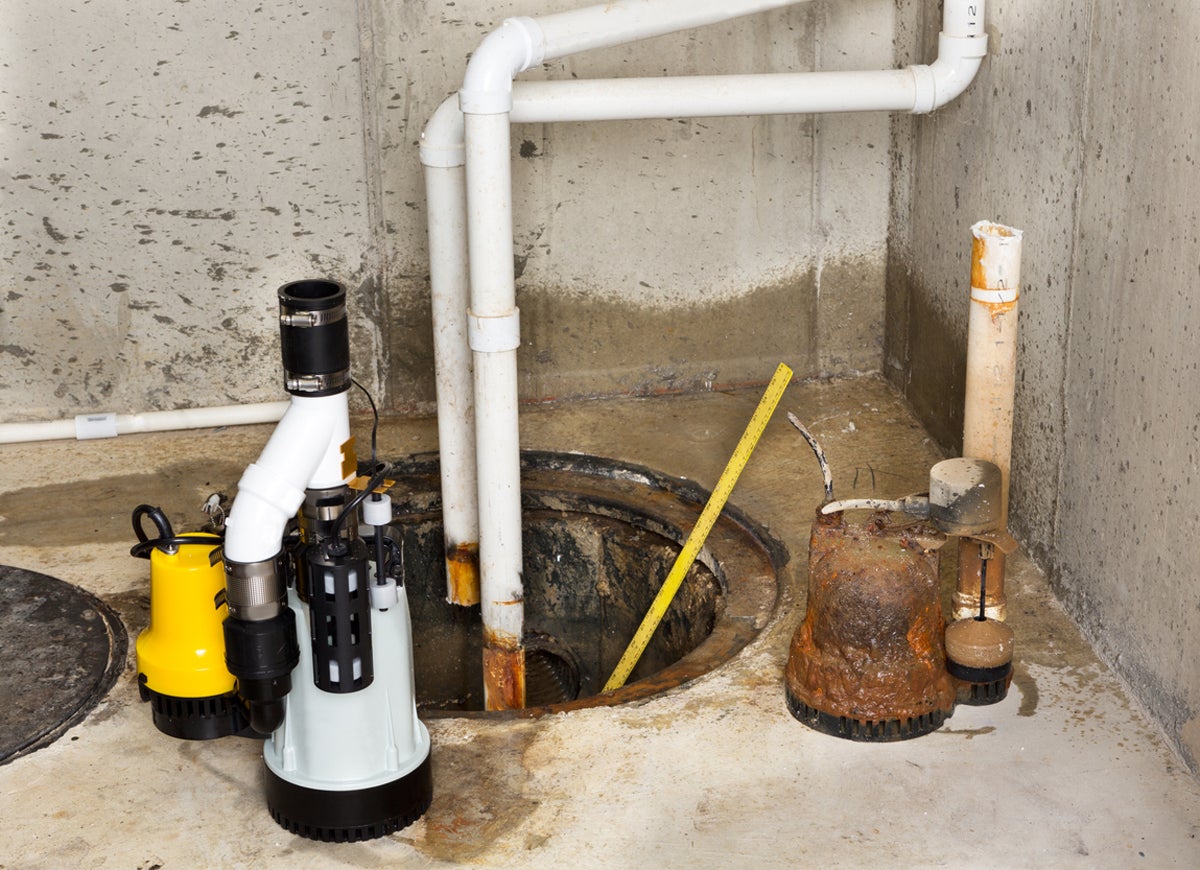
Leaky basements are a common issue for homeowners, whether your home is old or new. Fixes for leaky basements may include fixing cracks in a home’s foundation, adding drains and gutters or installing a sump pump and drain tile, so costs can vary.
The average homeowner spends around $4,463 to seal a basement or foundation, with minor repairs costing about $600, according to HomeAdvisor.
Burst Pipes
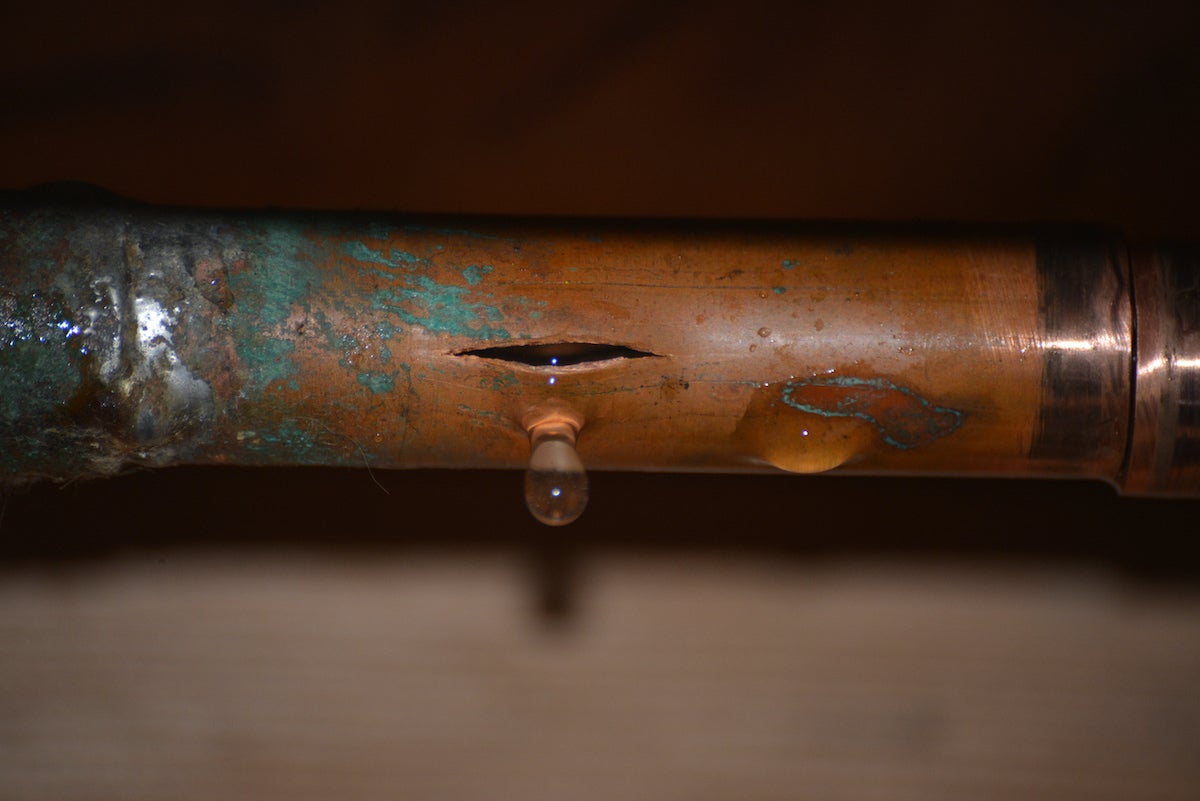
While we’re on the subject of water, burst pipes may be one of the biggest headaches for homeowners. Not only will you have to deal with replacing the pipe, but you may end up needing to replace drywall and flooring, depending on the severity of the burst and the damage the resulting water causes.
The average cost to repair pipes is $150, but you‘ll also likely need to pay $50 to $140 per hour for a plumber as well, according to Thumbtack.
Electrical Repair
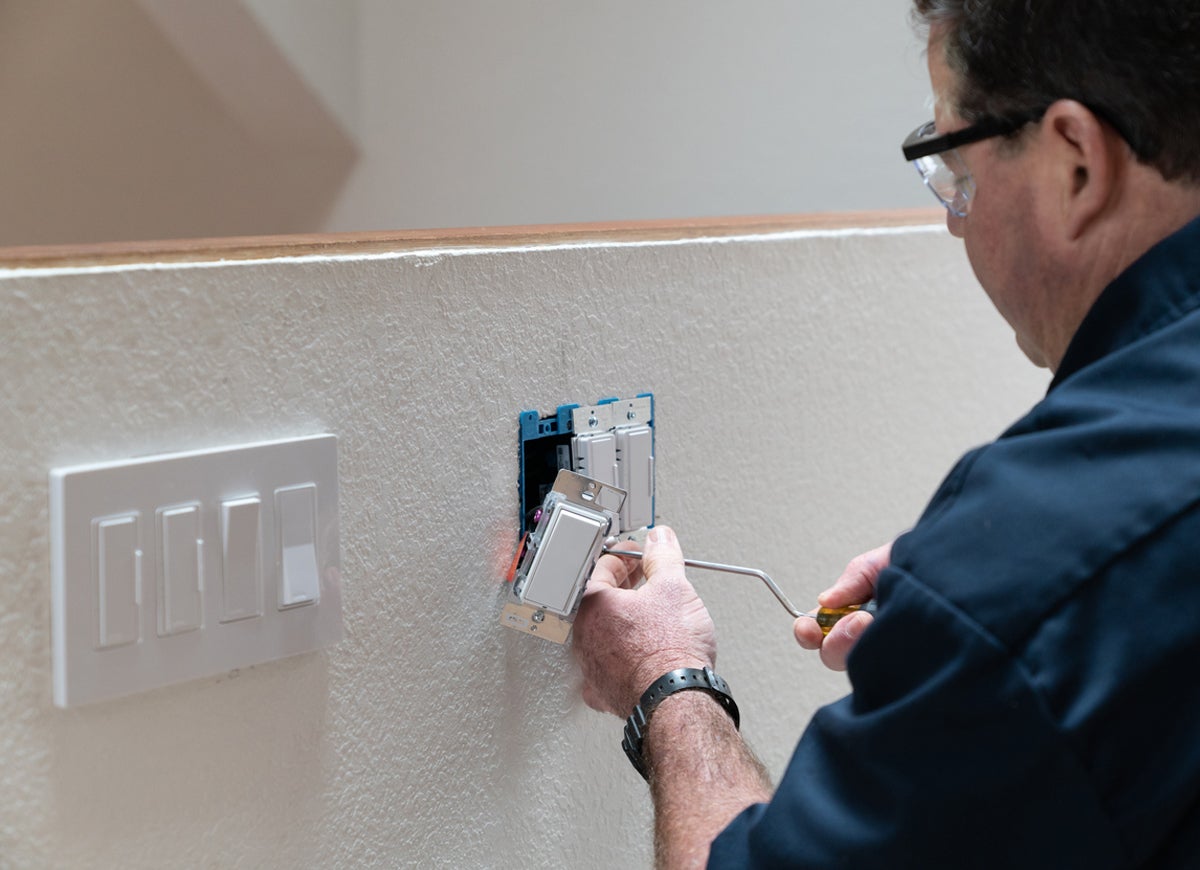
Whether it’s fixing a dead outlet or installing wiring and electrical panels, the cost of electrical repairs can vary. For instance, HomeAdvisor notes it will cost you anywhere from $135 to $4,000 to install electrical wiring or panels, while hiring an electrician alone will set you back $322 on average.
The average price for having electrical wiring or panels installed will run $1,324, according to HomeAdvisor.
Water Heater Repair or Replacement
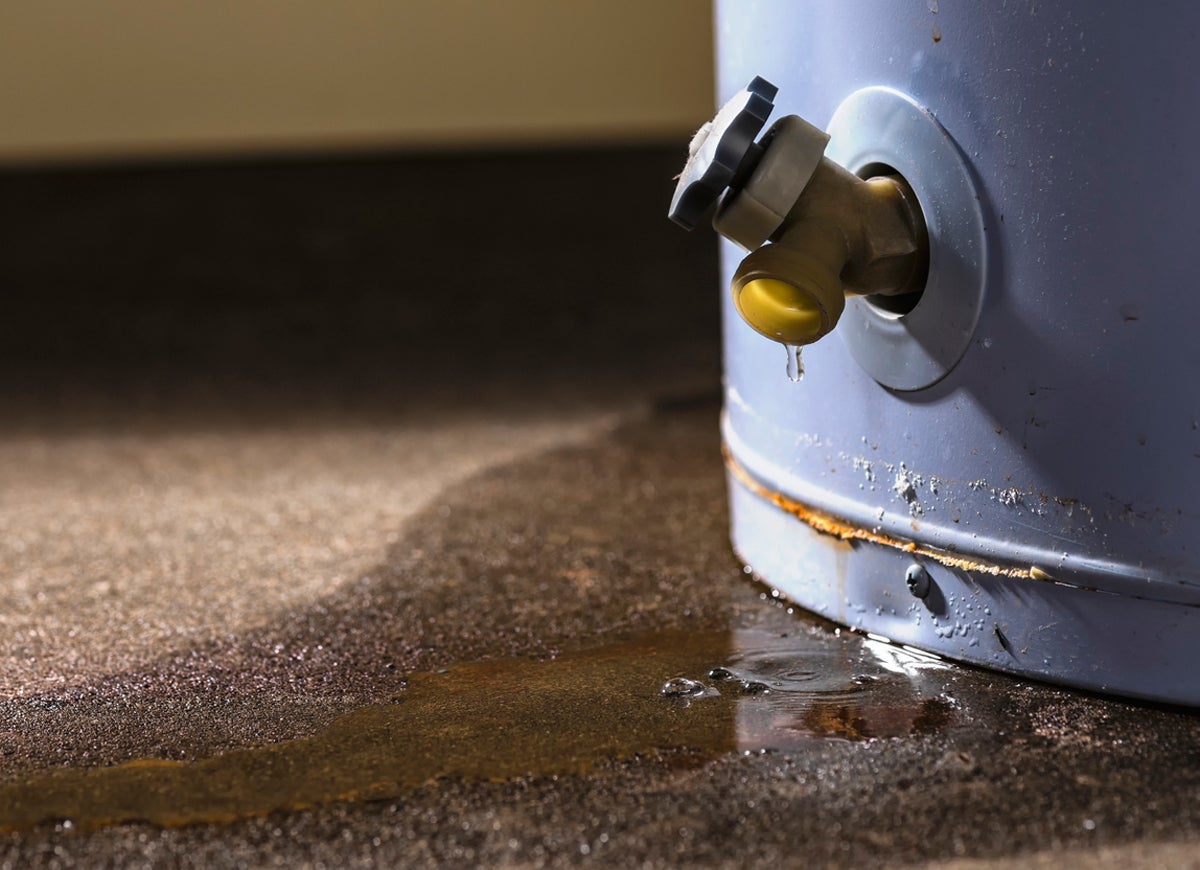
A traditional tank-style water heater has an average lifespan of eight to 12 years and regular maintenance can help extend the life of the unit. Not to mention, regular maintenance may help you avoid the dreaded water heater leaks and floods that can occur.
On average, the annual maintenance cost for a water heater should run you $80 to $100, while the average replacement cost will set you back $750 to $1,400, according to American Family Insurance.
Related: 10 Cheap Home Repairs That Could Save You Thousands
Replacing a Furnace or Central Air Conditioner
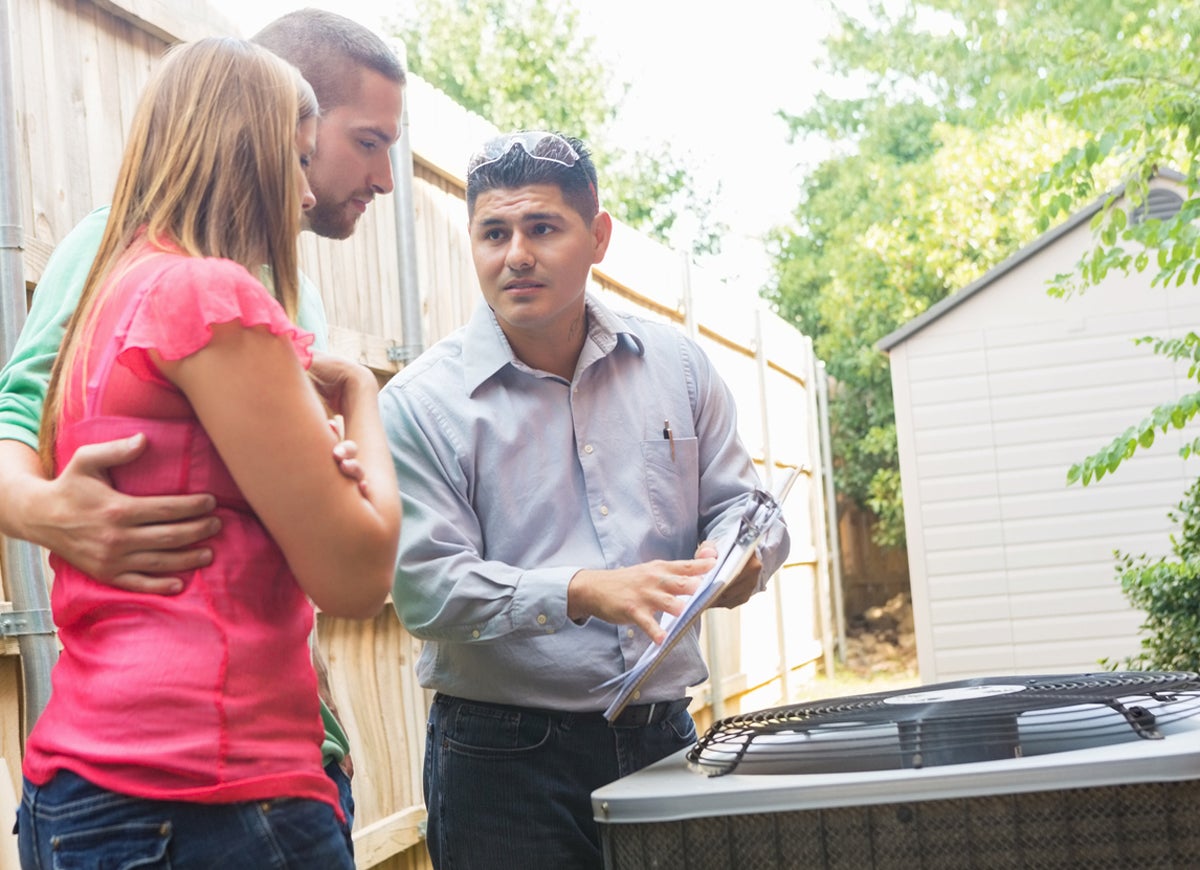
Your furnace and air conditioner work to keep your home and its occupants at the ideal temperature. Regular maintenance will help keep these fixtures running efficiently, but there may come a time when they need to be replaced.
The average cost of replacing your furnace or central air conditioning system, depending on the complexity of the work, could easily exceed $10,000, according to realtor.com.
Replace a Garbage Disposal
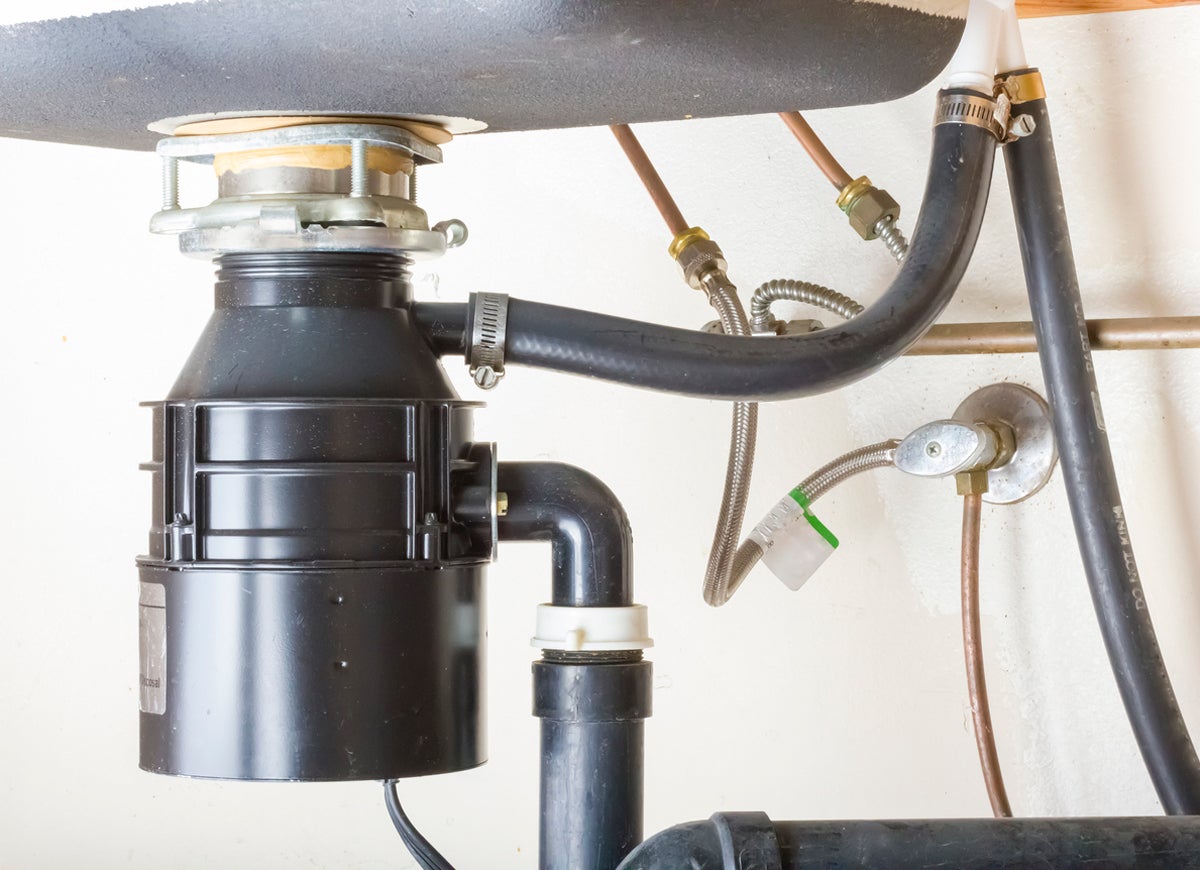
Whether it’s clogged or needs to be replaced, as a homeowner you’ll likely have to deal with your garbage disposal at some point. While a clogged garbage disposal may be a simple, inexpensive fix, a new one can be pricey, depending on how high-end you want to go.
The average cost of a new garbage disposal can range from $100 to $1,000, according to Farmers Insurance.
Garage Door Repair
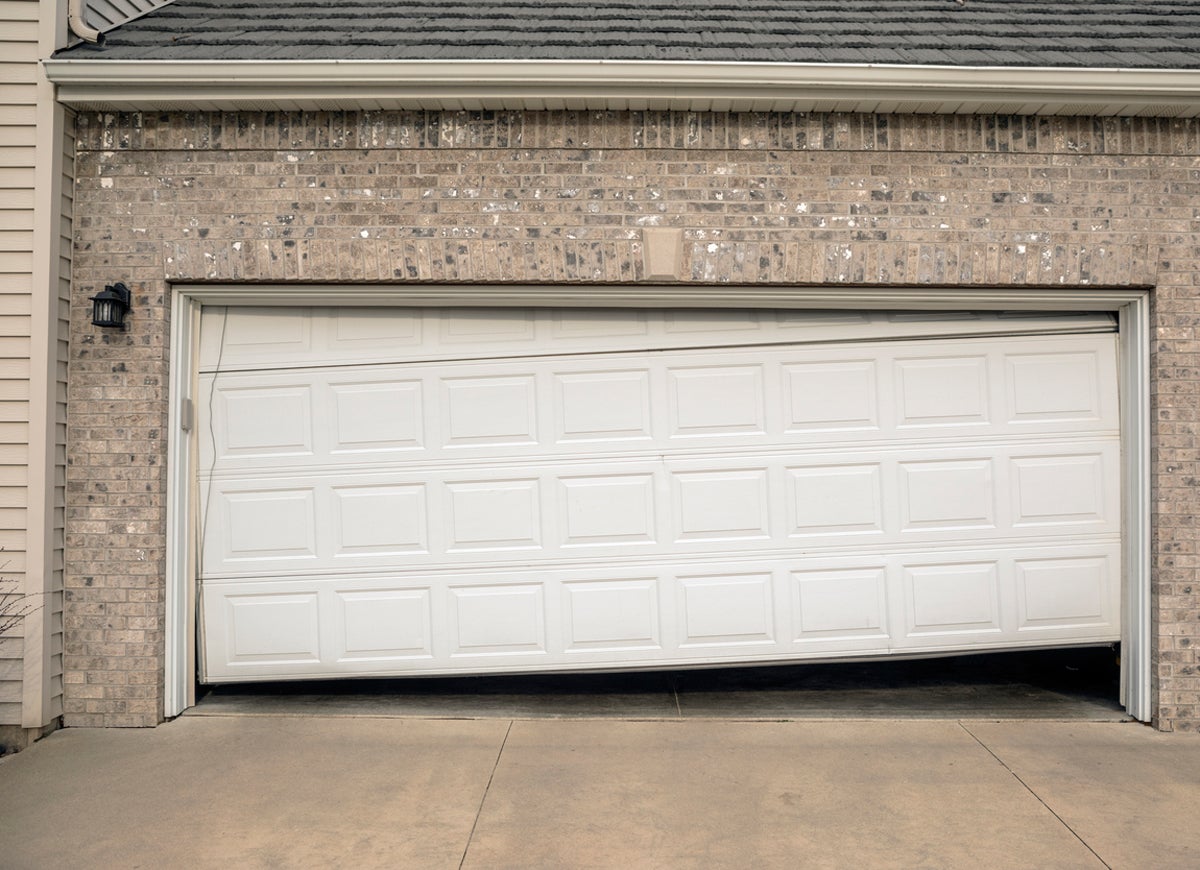
Replacing or repairing your garage door and its opener is often considered a top home improvement project in terms of return on investment, according to The Home Depot. At some point, repairs may be needed for the door’s track, spring or the opener itself.
Depending on the type of repair needed, expect to pay $99 to $500, according to The Home Depot.
Mold Removal
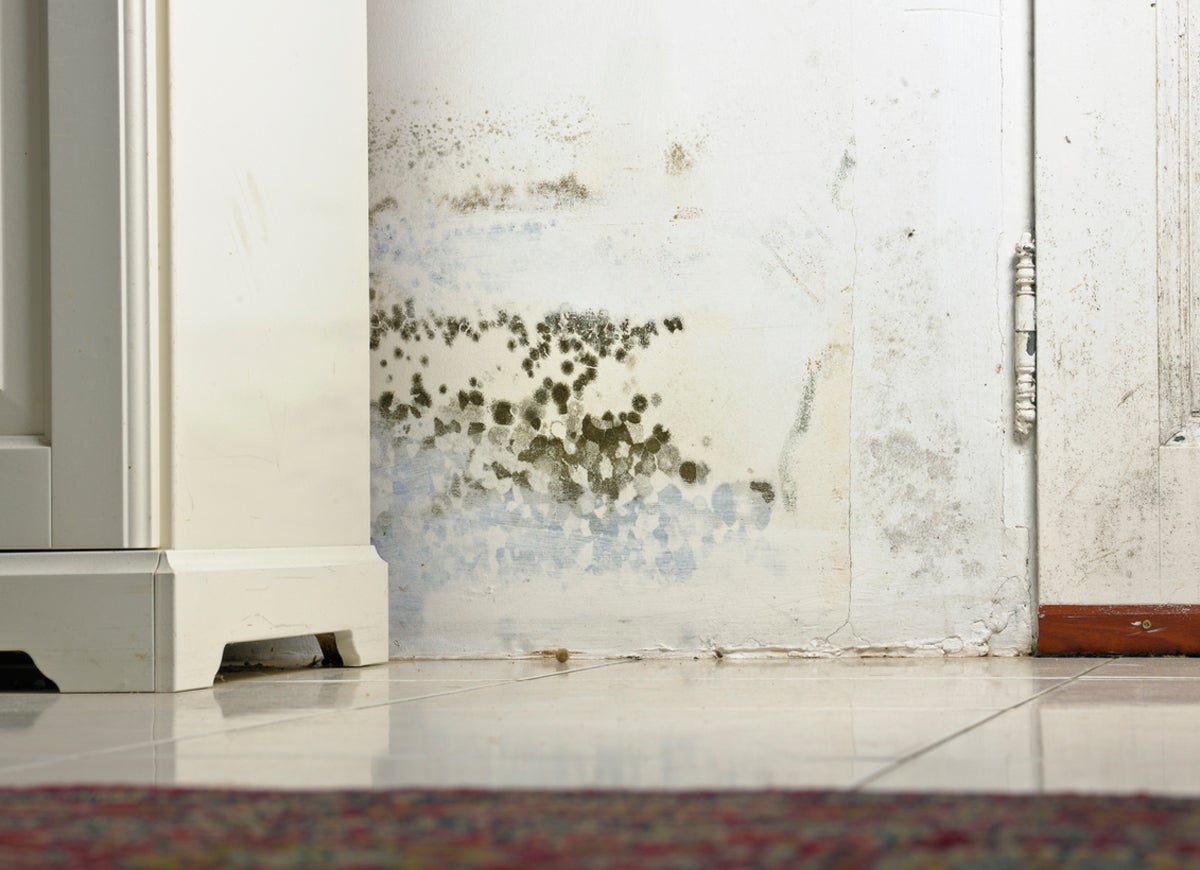
Having mold in your home will not only cause extensive damage to your home itself, it can also pose a range of health risks. Mold remediation may be expensive, but if this is an issue for you, it’s best handled sooner rather than later. Also, when dealing with mold, it’s best to work with a licensed professional.
The average cost of mold removal is $2,221, according to HomeAdvisor.
Tree Trimming or Removal

Tree trimming and removal can be a big job, especially when it comes to logistics such as avoiding structures and power lines. Not to mention that debris will need to be hauled away. The cost of this project will likely be based on factors such as the size of the tree, scope of the project, the tree’s health and amount of clean-up needed.
The average cost of trimming and tree removal can range from $400 to $1,500, according to Thumbtack.
Fixing a Running Toilet
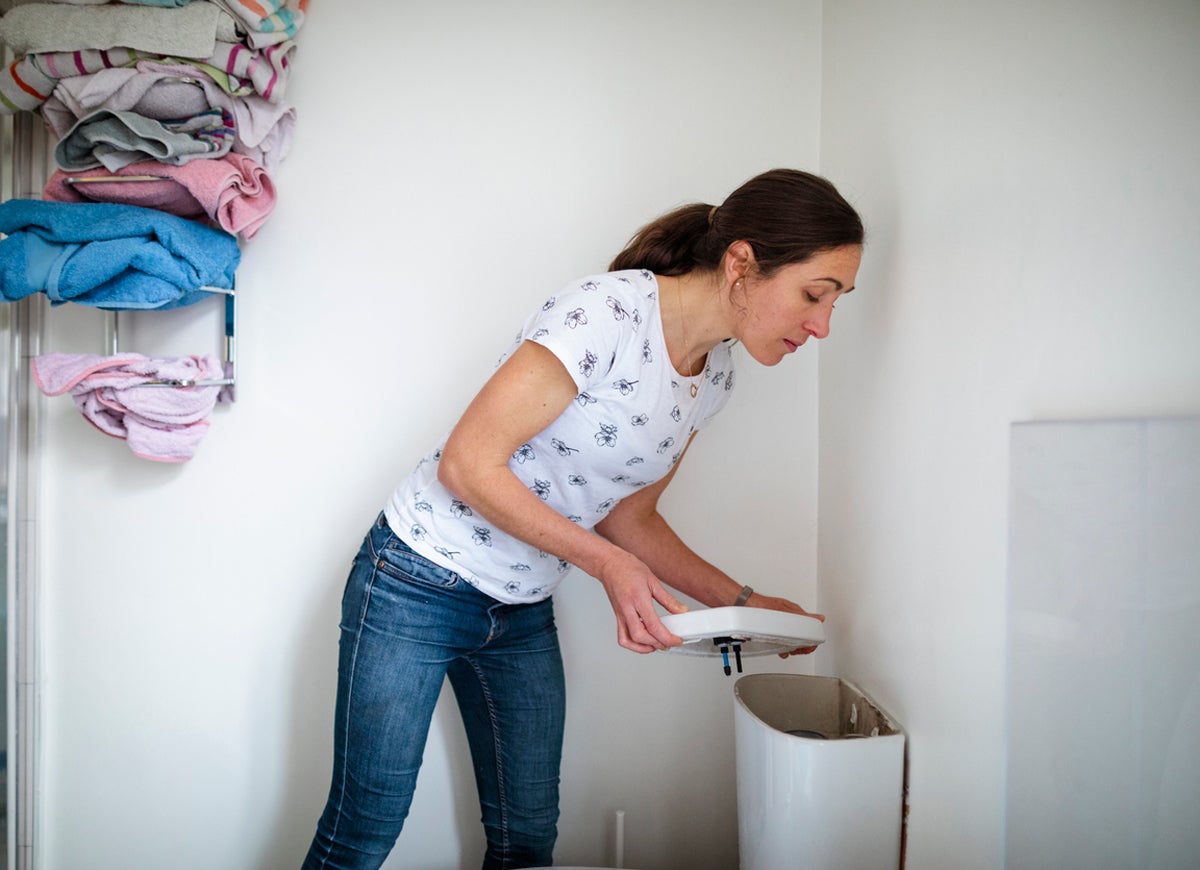
Here’s a common homeowner repair: Fixing a running toilet. For the DIYer, this may be a simple, relatively easy and inexpensive fix—you may just need a few hardware store supplies. However, if you need to hire a plumber for this job, expect to pay an hourly rate, plus any materials.
The average cost of hiring a plumber is $280, according to HomeAdvisor.
Appliance Repair
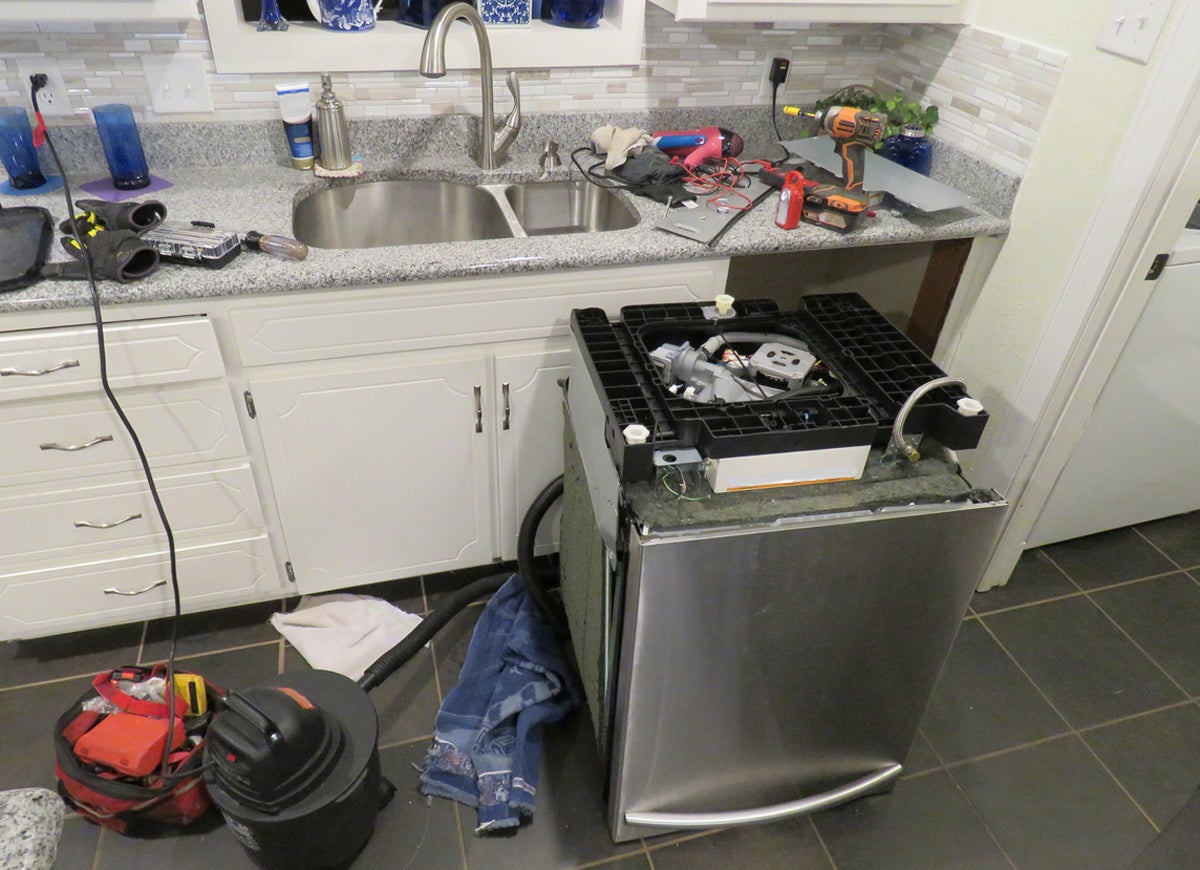
At some point as a homeowner, you’ll likely face the task of appliance repair. Whether it’s the refrigerator, stove, dishwasher or the washing machine, the cost of these repairs can vary greatly. Sometimes, hiring a professional is the way to go and you’ll likely pay both an hourly rate plus the cost of any materials.
Average appliance repair costs run $171, with a typical range of $105 to $240, according to HomeAdvisor.

